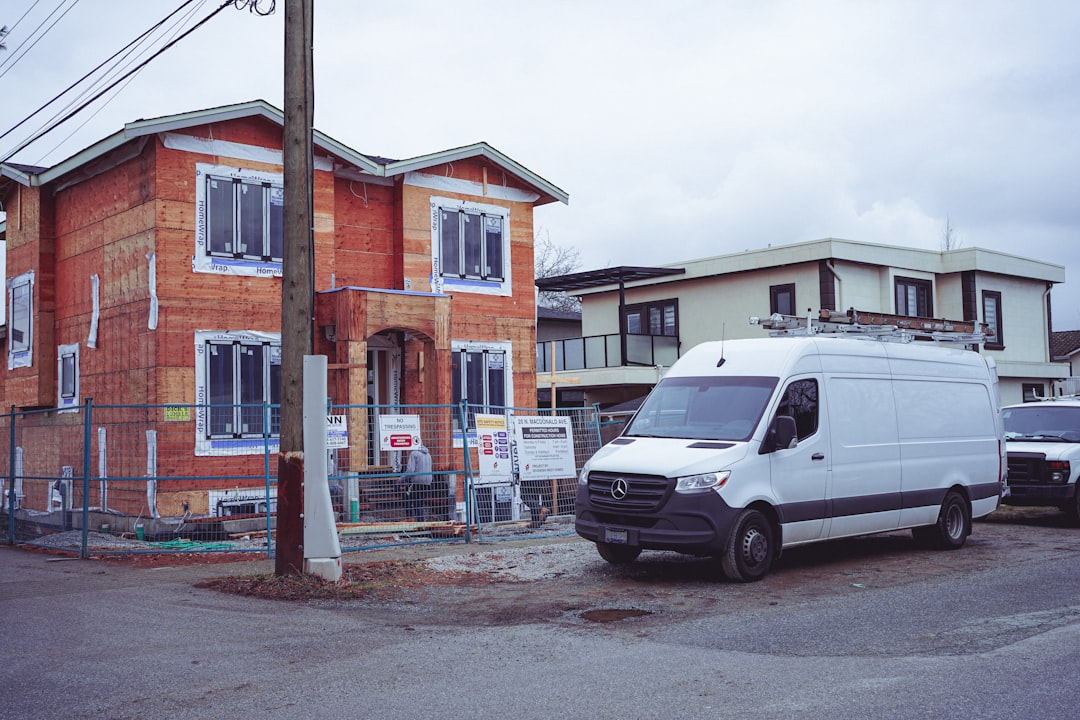
Understanding the costs associated with mobile home subfloor repair is crucial for construction professionals. The typical cost ranges from $8 to $14 per square foot, with full-home replacements costing between $3,000 and $9,000. These figures can vary based on factors such as layout complexity and material choices. This guide provides a detailed breakdown of costs and factors influencing them, helping you make informed decisions.
The national average for replacing a damaged subfloor in a mobile home is between $8 and $14 per square foot. Full-home replacements typically range from $3,000 to $9,000, depending on layout complexity and finish materials. Accurate estimates are essential for contractors to avoid overestimating costs.
Understanding these factors is critical for accurate cost estimation. Automated tools can help eliminate guesswork and prevent costly overruns.
Assessing the extent of damage is crucial. Replacing only the top OSB layer is less expensive than rebuilding joists and rim beams.
Older mobile homes may have different joist configurations, affecting material and labor costs. Accurate measurements and material selection are key.
Material upgrades can add $1–$3 per square foot but may reduce long-term maintenance costs.
Challenges such as tight spaces or built-in cabinetry can increase labor costs. Planning for these constraints is essential.
Labor costs vary by region, with some areas averaging $55/hour and others exceeding $80/hour. Keeping estimates current with regional data is crucial.
Using a 10'×12' bedroom as an example, here’s a cost breakdown:
Total projected cost: $1,485
While DIY can save money, subfloor work is structural and requires precision. Professional crews ensure quality and compliance with standards.
Streamline the estimating process with technology that captures dimensions, confirms materials, and generates quotes quickly.
Accurate estimates are essential for successful project management. Utilize professional tools to ensure precision and efficiency.

When the Ramirez family purchased a 1,120-square-foot double-wide, a plumbing leak had damaged the subfloor. A local contractor used professional estimating tools to scope, price, and deliver the project efficiently.
Total projected investment: $8,150
The Ramirez family moved in on time with a durable, moisture-resistant floor. The contractor secured additional referrals from satisfied clients.
For accurate subfloor project estimates, leverage professional tools and workflows to prevent costly surprises.